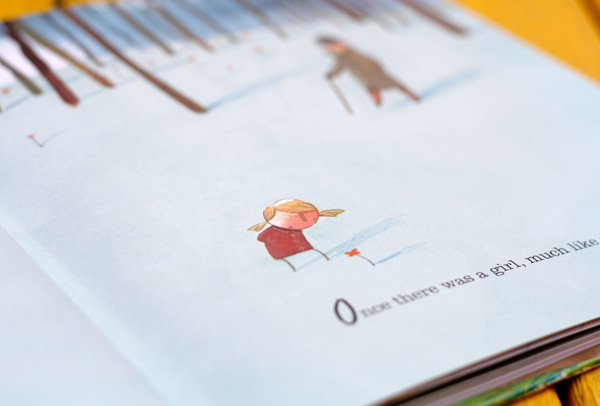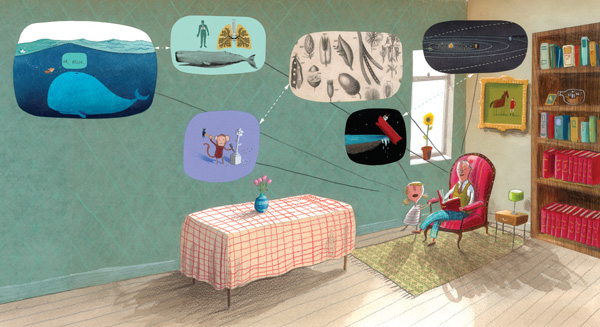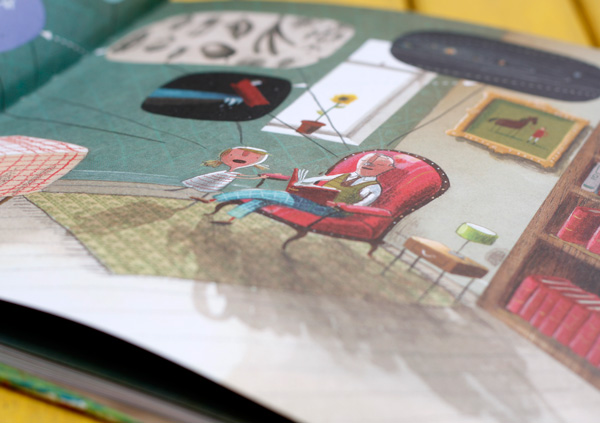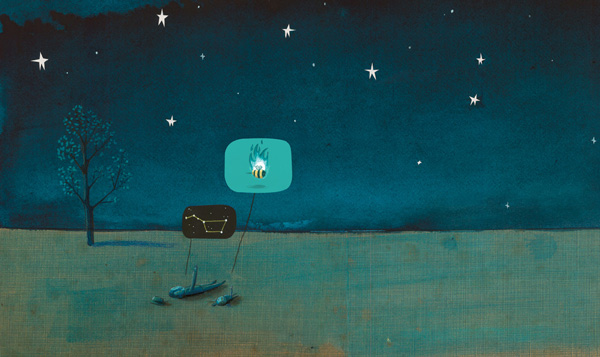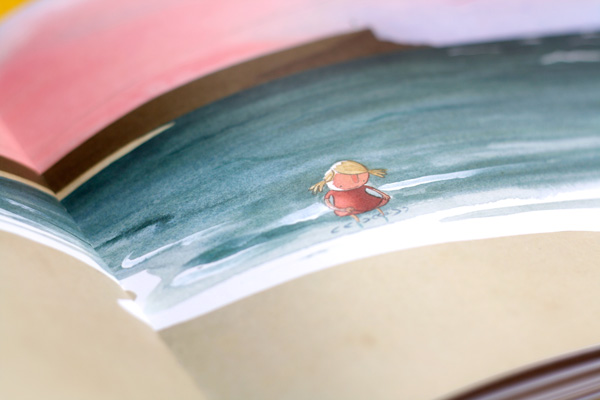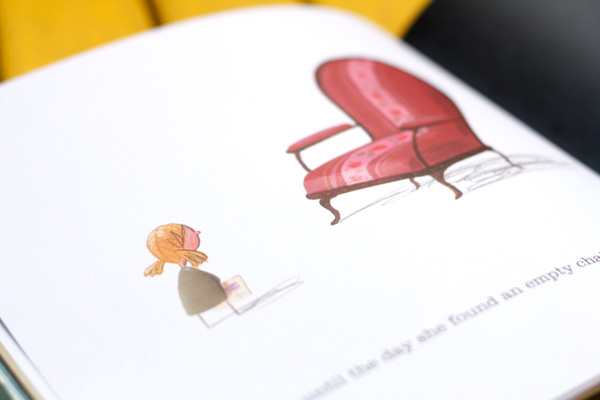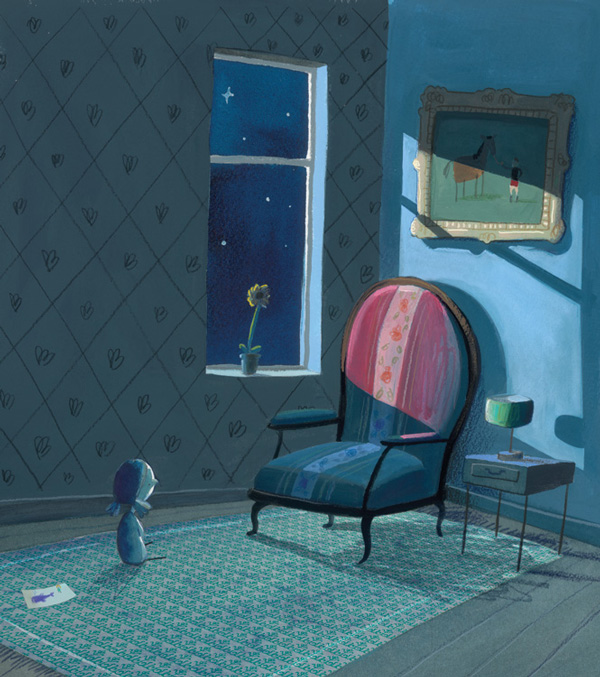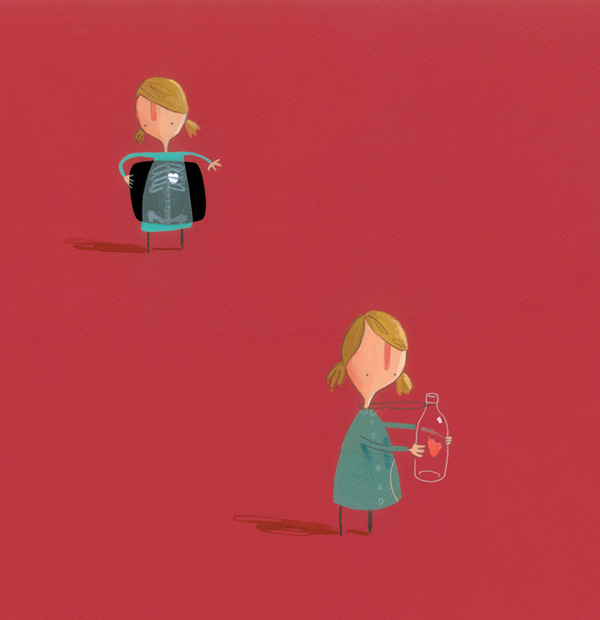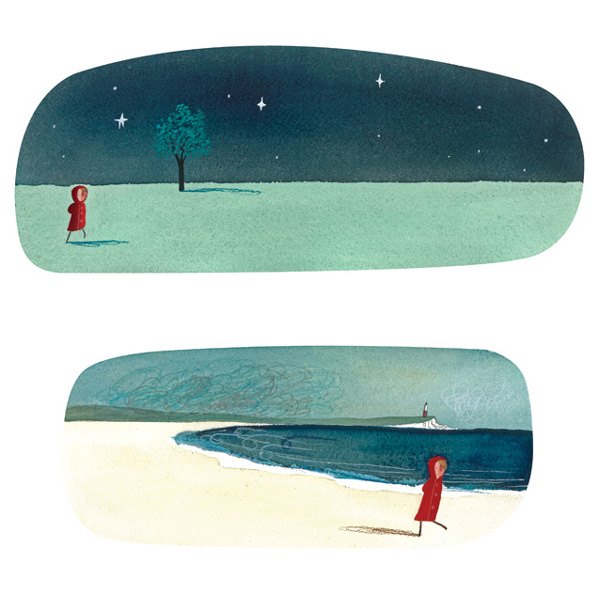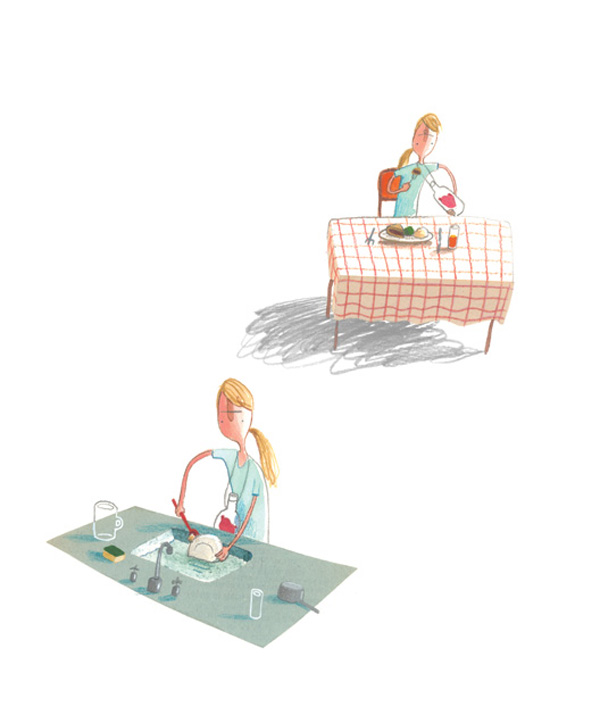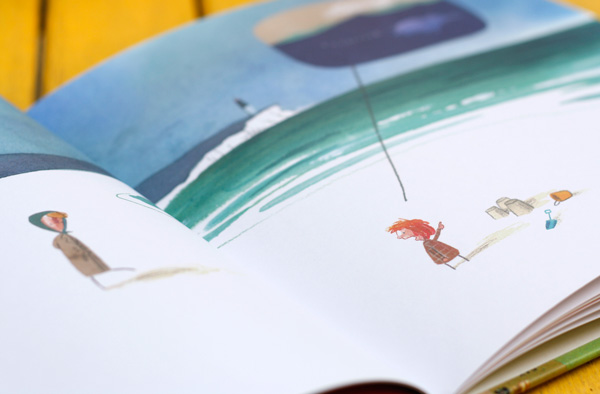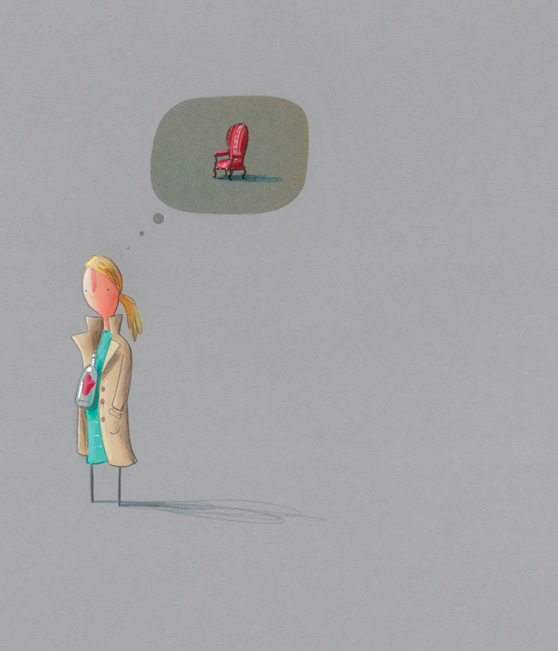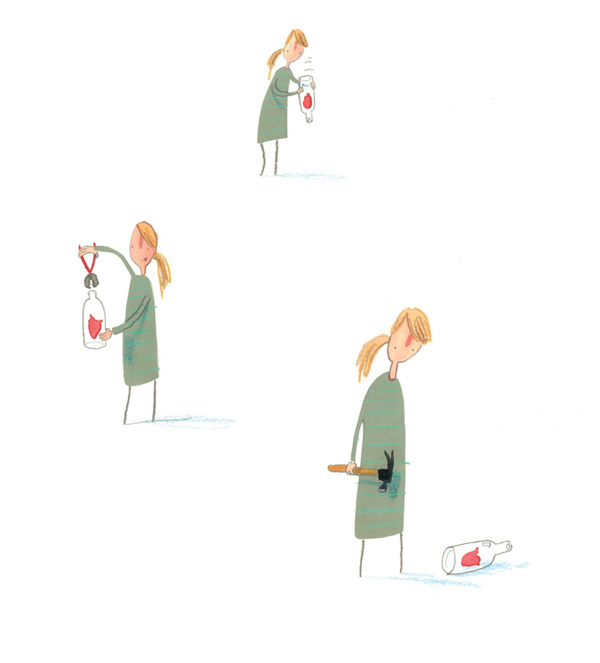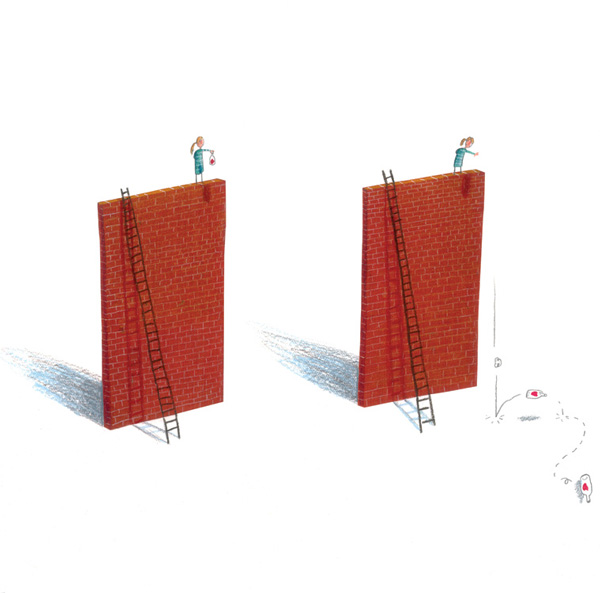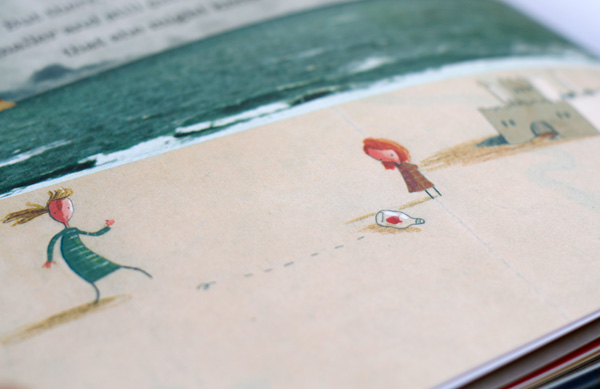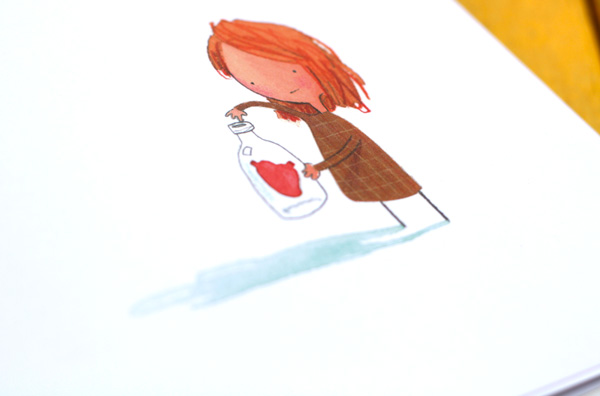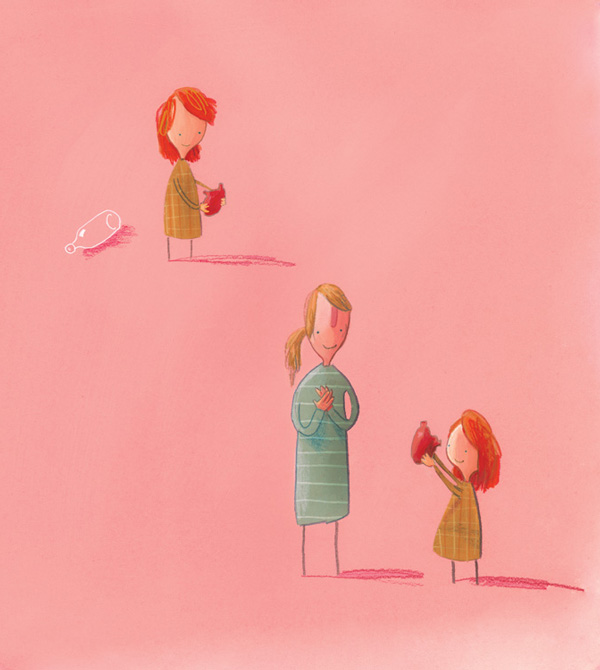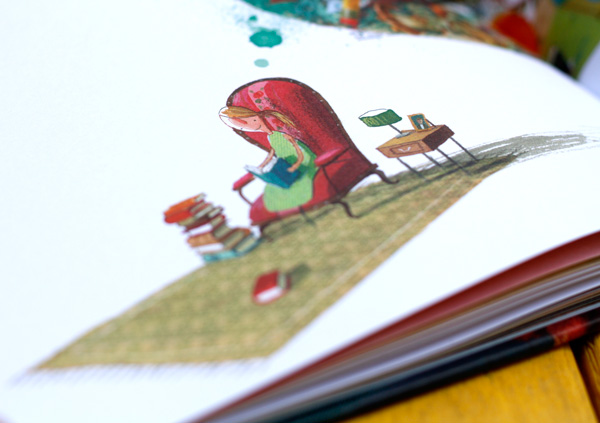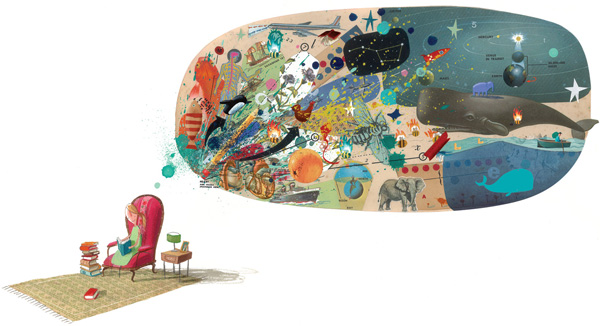The Heart and the Bottle: A Tender Illustrated Fable of What Happens When We Deny Our Difficult Emotions
by Maria PopovaA gentle reminder of what we stand to lose when we lock away loss.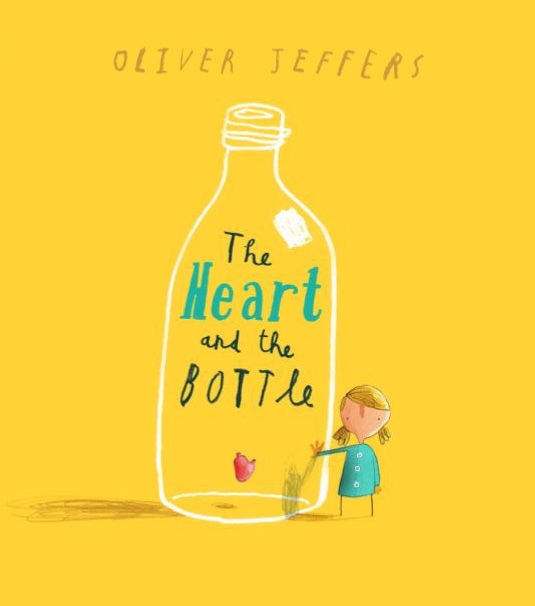 “Children … are the most attentive, curious, eager, observant, sensitive, quick, and generally congenial readers on earth,” E.B. White famously asserted in an interview, admonishing: “Anyone who writes down to children is simply wasting his time. You have to write up, not down.” And yet down we write still, deaf to White’s wisdom and to Tolkien’s insistence that there is no such thing as writing “for children” and to Gaiman’s crusade against the spiritual disservice of shielding children from difficult emotions.
“Children … are the most attentive, curious, eager, observant, sensitive, quick, and generally congenial readers on earth,” E.B. White famously asserted in an interview, admonishing: “Anyone who writes down to children is simply wasting his time. You have to write up, not down.” And yet down we write still, deaf to White’s wisdom and to Tolkien’s insistence that there is no such thing as writing “for children” and to Gaiman’s crusade against the spiritual disservice of shielding children from difficult emotions.
Nowhere is this disservice clearer than in how we address children’s experience of life’s darkest moments, as evidenced by the minuscule the pool of intelligent and imaginative books that help kids make sense of death and loss. And nowhere is there more heartening an antidote than in The Heart and the Bottle(public library) by the inimitable Oliver Jeffers.
Jeffers tells the story of a little girl, “much like any other,” whose expansive and exuberant curiosity her father fuels by reading to her all sorts of fascinating books about the sea and the stars and the wonders of our world.
We witness the duo’s blissful explorations until, one day, we realize that the father is gone — the little girl finds herself facing the empty chair.
With exquisite subtlety and economy of words, Jeffers — whose mastery of the interplay between darkness and light extends as much to the paintbrush as it does to the psyche — silently uncorks the outpour of hollowing emotions engendered by loss.
But if grief is so disorienting and crushing an emotion for adults, how are unprepared little hearts expected to handle its weight? The little girl cannot, and so she doesn’t.
Feeling unsure, the girl thought the best thing was to put her heart in a safe place.Just for the time being.So she put it in a bottle and hung it around her neck.And that seemed to fix things … at first.
But as Simone Weil knew when she considered how resisting our suffering splits the psyche asunder, and as Rilke knew when he wrote that “death is our friend precisely because it brings us into absolute and passionate presence with all that is here, that is natural, that is love,” the little girl soon finds out that locking away the pain also locks away her capacity for love and aliveness.
Although, in truth, nothing was the same.She forgot about the stars… and stopped taking notice of the sea.She was no longer filled with all the curiosities of the world and didn’t take much notice of anything…
One day, while walking on the beach where she had once strolled blissfully with her father, the “girl” — now a grown woman — encounters another girl still little and still filled with the boundless and buoyant curiosity that had once been hers. Suddenly, she is reminded of all she lost when she locked away loss.
So she sets out to liberate her heart from its glassy prison — but the bottle has been fortified by years of self-protection.
The bottle couldn’t be broken. It just bounced and bounced … right down to the sea.But there, it occurred to someone smaller and still curious about the world that she might know a way.
The heart was put back where it came from. And the chair wasn’t so empty anymore.
